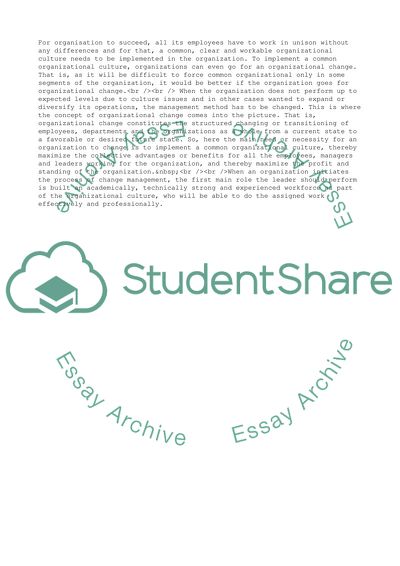Cite this document
(Organisational Culture and Organisational Change Case Study, n.d.)
Organisational Culture and Organisational Change Case Study. Retrieved from https://studentshare.org/management/1566386-corporate-communication
Organisational Culture and Organisational Change Case Study. Retrieved from https://studentshare.org/management/1566386-corporate-communication
(Organisational Culture and Organisational Change Case Study)
Organisational Culture and Organisational Change Case Study. https://studentshare.org/management/1566386-corporate-communication.
Organisational Culture and Organisational Change Case Study. https://studentshare.org/management/1566386-corporate-communication.
“Organisational Culture and Organisational Change Case Study”. https://studentshare.org/management/1566386-corporate-communication.


